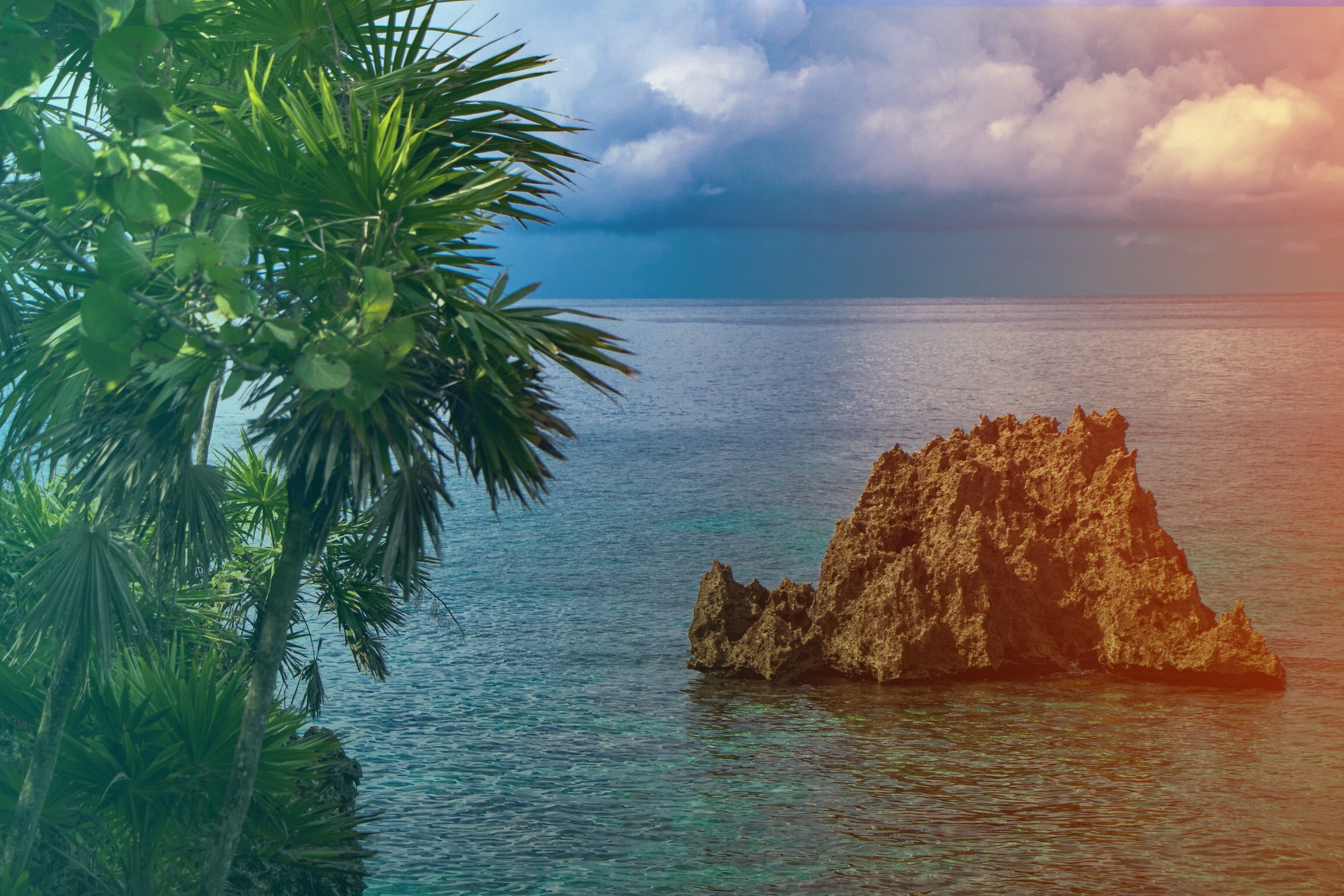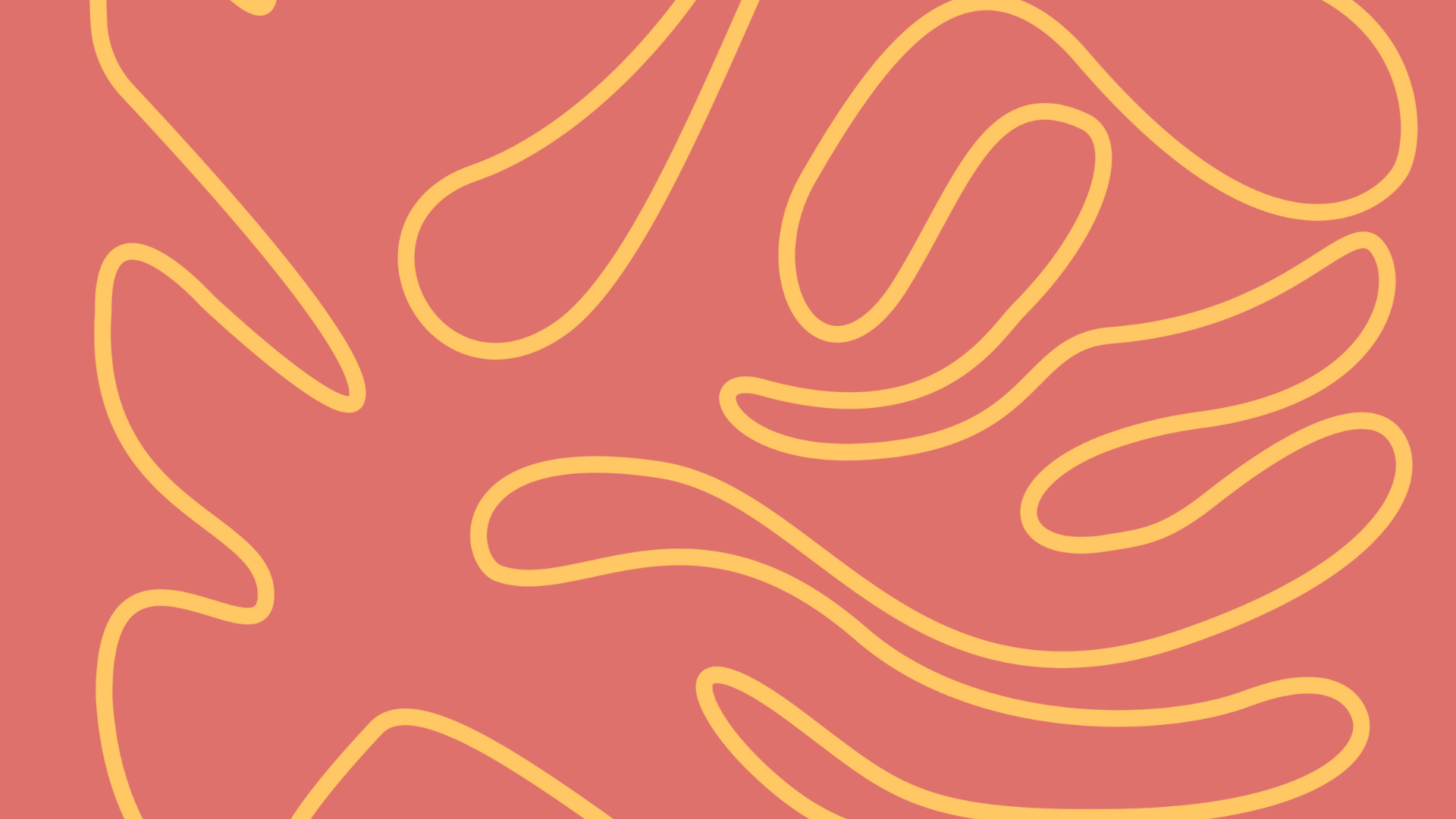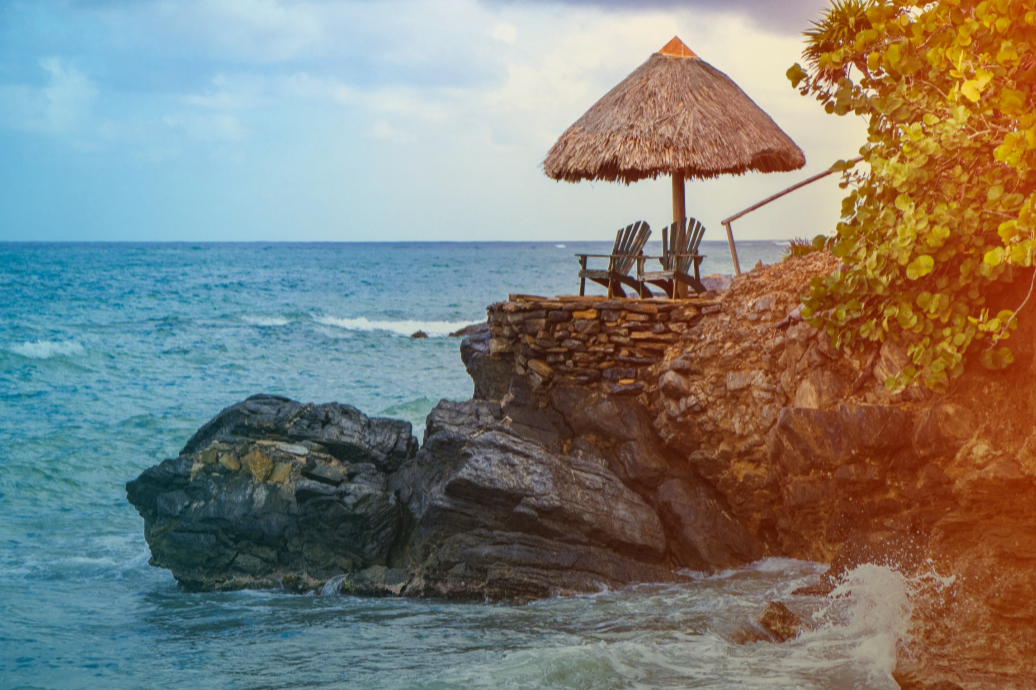
Geomorphology.
Physical Characteristics.
The Island of Roatán has a length of more than 45 km and 3.5 km of average width. Roatan extends east to the Island of Santa Elena through a mangrove forest. East of Santa Elena is the Islands of Morat and Barbareta. These series of small islands are surrounded by Roatan's barrier reefs. Coral reefs exist along the northern coast which can measure 1.0 km to 1.5 km in width, while coral reefs on the south side of Roatan Island are much narrower, 500 m on average.
Geomorphology.
Roatan Island has developed reef formations in the totality of its costs and shorelines. The same is true for the islands of Guanaja and Utila. These coral reefs belong to the main morphological type found in the Caribbean: barrier reef, onboard reef, cay reef, lagoons, and coral reefs.
Inland Bays.
The plateau can be narrow in the area around Coxen Hole. Plateaus are wider (800 to 1,000 m) in the Northern band around West End, Sandy Bay or St. Helena. The Island of Roatán has unique characteristics in the reef along the coast between French Harbor and Calabash Bight, where bays go deep inland. These bays are fairly confined and their waters are often murky. This morphological characteristic in the coastline features is not common in Guanaja and Utila.
Canals.
Numerous small canals have been excavated in the Roatan reef plateau, primarily in the south side of the island. Canals have been excavated to allow passage of small and large boats and cruises traveling to Roatan.
Coral Reefs.
Types of Coral Reefs
Coral Residues
Types of Coral Reefs.
The reef formations around Roatan have very different morphologies (shapes). There are three types of coral reefs around the island or Roatan. There are Barrier reefs, Atolls, & fringing reefs. These coral formations are quite different from each other. Sometimes, the reef forms a gradual slope away from the shoreline. This reef structure is referred to as a fringing reef. This is the case on the southern shore between West End and Coxen Hole. The coral slop in this area is composed of spurs and furrows. Furrows cover an assemblage of coralline, gorgonian, sponges, and seaweed. Underwater landscapes in Roatan are remarkable.
Coral Residues.
Coral residues have accumulated on the reef plateau after a Cyclonic swell, probably during Mitch's passage. The western extremity of the island is bordered by a fringing reef, submerged under 3 to 5 m of water, then a lagoon and finally a reef barrier whose plateau is covered by 3 m of water. In this sector, it appears that the reef complex has collapsed. Typically, plateaus with massifs scattered or dense corals are sub-fluorine. The reefs of the north coast are intersected by deep steps (from 25 m to 40 m) of abrupt slopes. The edges of the slopes are very abundant in constructions corals.
Geomorphological Units.
The following is a list of the geomorphological units that are identified in the Bay Islands and whose terminology is consistent with Battistini, which is considered as the international reference in the matter of geomorphology of coralline formations:
The sandy beaches
The reef plateau with detrital accumulations
The reef plateau with scattered coral massifs
The reef plateau with dense coral massifs
External reef slope
The pond with detrital accumulations
The lagoon with scattered coral massifs
The Pinnacles
The internal slope of the barrier reef
The barrier reef plateau with detrital accumulations
The barrier reef plateau with scattered coral massifs
The barrier reef plateau with dense coral massifs
The reef crest
External slope with scattered coral massifs
The external slope of ridges and furrows
The external slope of buttresses and valleys
The reef walls
Channels and channel slopes
The bays
Dredged areas
Guanaja Lagoons.
In Guanaja Islands, you can differentiate the south coast from the north coast by the presence of deep extended lagoons. These lagoons have a width of 500 m to 1500 m separating the barrier reef from the island of Guanaja. The lagoon has numerous pinnacles, and some of them are covered by very dense coral formations.
Bonacca Cay.
The town of Bonacca ("El Cayo") is settled on a pinnacle that was refilled. The southwest reef complex has the peculiarity of having reef barriers, parallel to the coast. It is an unusual provision that involves an external barrier reef and one or more internal barriers. Distinguishing two internal barriers in the lagoons near Guanaja is possible. However, the reefs are discontinuous and are more like an alignment of pinnacles than a reef barrier. Hence the classification that has been selected for these formations. Beyond the outer barrier, subfloor, once again two submerged barriers are found under 7 to 10 m of water. The South West Cay is located on the barrier reef offshore, about 2 km from the coast. On the southern side of Guanaja, you'll find accumulations of coral blocks on the outside of the barrier plateau reef. These "detrital walls" sometimes emerge at more than 2 m




